Smartwatches are a powerful tool for travel and training
Smartwatches are getting smarter, offering many and varied advantages to the active traveller.
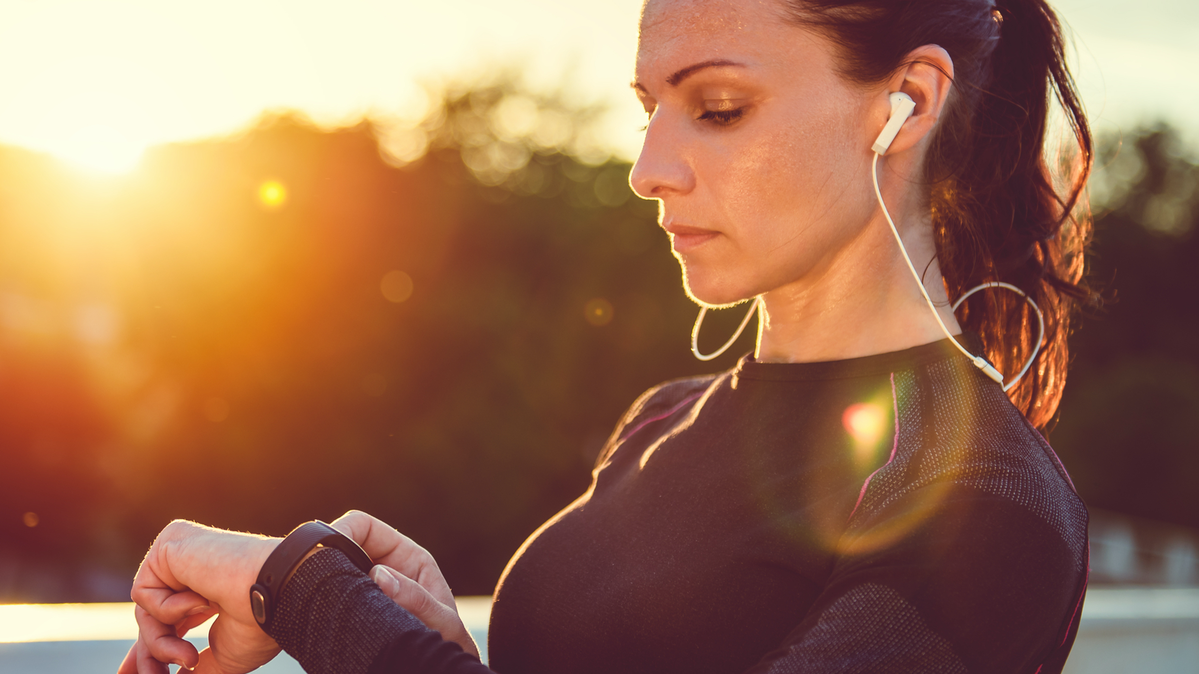
Earlier this year it was revealed that the Apple Watch outsold the entire Swiss watch industry by a hefty margin, according to research published by Strategy Analytics.
Let that sink in for a moment. Cupertino's digital wristwatch shipped an estimated 31 million units, compared to the Swiss' 21 million. Sure, the Apple Watch has been making its presence felt on wrists since its initial release in 2015, but we haven't seen figures like this before.
One reason for the uptick is that the Apple Watch, and indeed all smartwatches, have found their groove.
The early conceptions of the smartwatch as a do-all phone replacement have faded, and the battery- and Bluetooth-packed devices on our wrists are being used for more targeted purposes, most prominently as a device that helps its wearer keep on top of their health and fitness.

Smartwatches have also become better travel companions, adding a layer of on-the-wrist convenience to our trips. Maps and GPS at your fingertips makes it harder to get lost, and the ability of virtual assistants to quickly translate simple phrases is undeniably handy.
Then there's the development of clever apps such as Timeshifter, which provides you with a tailored program telling you when to get light, sleep and caffeine, all in an attempt to minimise jetlag.
(Fair warning, I've tried to use Timeshifter a few times now, but no matter how diligent the alerts from my watch were, I found my body’s need for sleep too hard to ignore.)
From start to Finnish
One example of this new breed of smartwatches is the Suunto 7 ($799), which I've been wearing for the last week or so. The Finnish company has been in the business of making sports instruments for 84 years, so it shouldn't come as a surprise that the Suunto 7 is geared towards sports such as running, cycling, swimming or any of the other 70-odd sports modes that come included.
This active focus is apparent in the hardware – the 50mm Gorilla glass AMOLED screen prioritises legibility and minimises fiddly gestures. A polyamide case and silicone strap keep the whole package down to a lightweight 70 grams, while 50 metres of water resistance is enough for everyday aquatic activities.
All of these sports-oriented design features also translate exceptionally well if you're travelling. On top of all of this, the solid battery life (Suunto quotes up to 12 hours of exercising with full GPS, two days of smartwatch use and 40 days in battery saver mode) also has obvious benefits on the road.
Crowdsource your activity
Another feature that travellers looking to get their laps in will appreciate, is Suunto's heat map screens that show actual hot spots for other Suunto users, broken down by sport.
In Melbourne, for example, scroll to the running map and you'll see the Tan Track around the Botanic Gardens light up like a bonfire. For open-water swimming, you'll see a similar effect around St Kilda.
It's worth noting that this data isn't personalised, and you can opt-out of sharing it. But, the benefits in an unfamiliar environment will be instantly recognisable. Want to know where the locals' cycle? There's a good chance your watch can tell you, with pinpoint accuracy.
Fraser Jones, Head of Suunto in Australia and New Zealand, noted that Suunto products are available from the Qantas Frequent Flyer store and believes that all this adds up to a watch that will appeal to frequent flyers.
"It's an important sales channel for us, and we expect that the Suunto 7 will appeal to regular travellers who are looking to reward and spoil themselves by using their points on something that will actually benefit them wherever they travel."
Making the most of a smartwatch
Smartwatches such as the Suunto 7, as well as other similar offerings from competitor Garmin, offer an experience tailored to sports and activity, with reliable GPS and heart-rate functionality matched to robust Wear OS by Google-powered software.
But they're far from the only option. Of course, there's Apple with its eponymous (and ubiquitous) watch, which has a lot to offer as long as you twin it with an iPhone. Likewise, the pairing of Samsung and Huawei watches with their same-branded smartphone siblings.
Then there are plenty of fashion-forward options from Fossil and the like, lower-tech connected watches (sans screen) from the likes of Skagen, which offer daily metric tracking without the battery drain. And then there are premium smartwatches from powerhouse brands such as TAG Heuer and Montblanc, which provide functionality in a form that promises prestige as well.
There are pros and cons to all these offerings. But to our mind, the sports and health-oriented devices are the most compelling, the sweet spot between hardware and functionality.
If you're using your smartwatch for notifications and the time alone, you're only using it at a fraction of its potential and could probably get away with your phone and a watch.
But the genuine utility offered by heart rate monitors and GPS makes a sporty smartwatch a powerful training (and travel) tool.
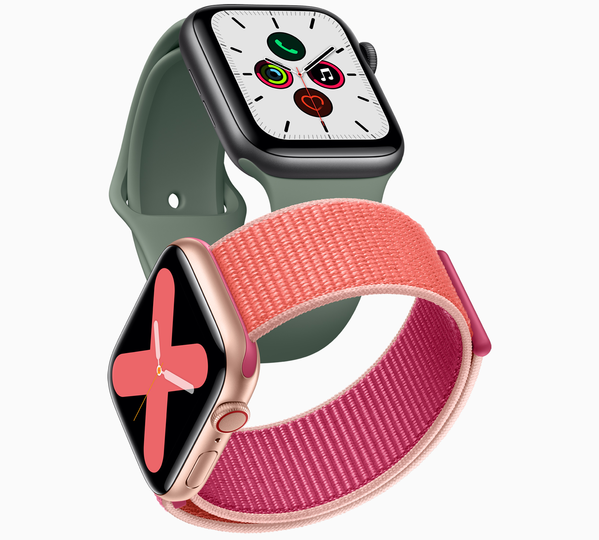
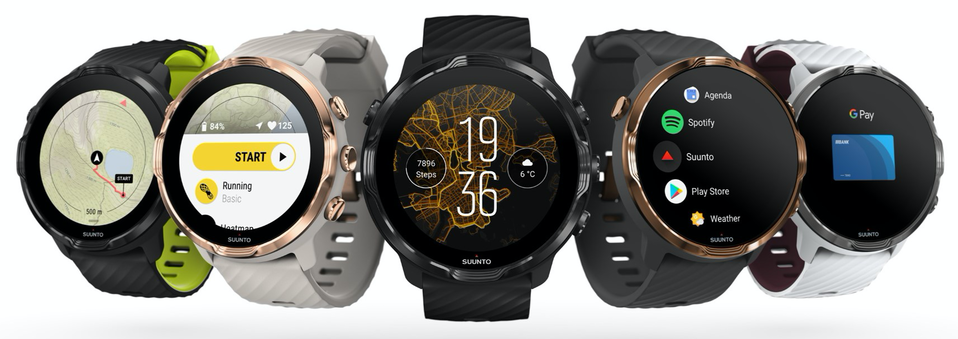
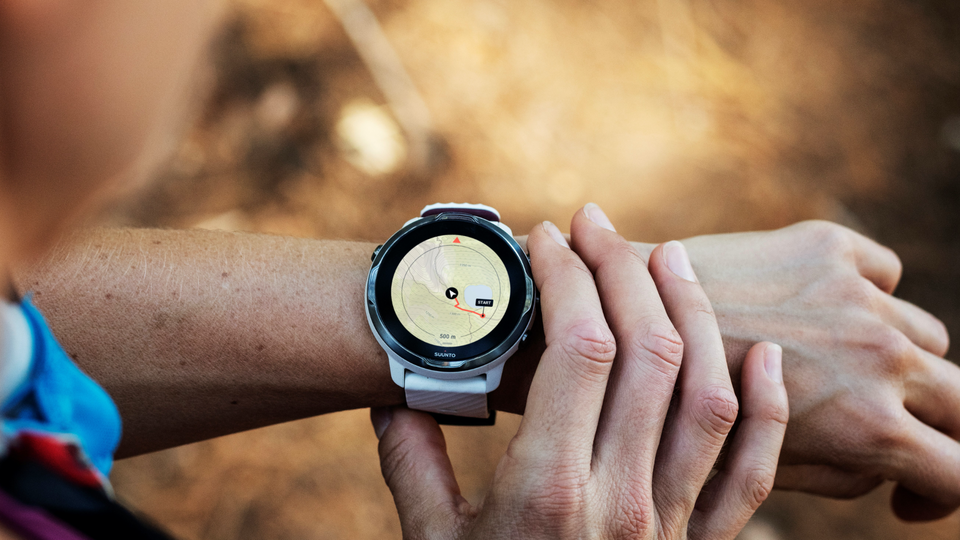
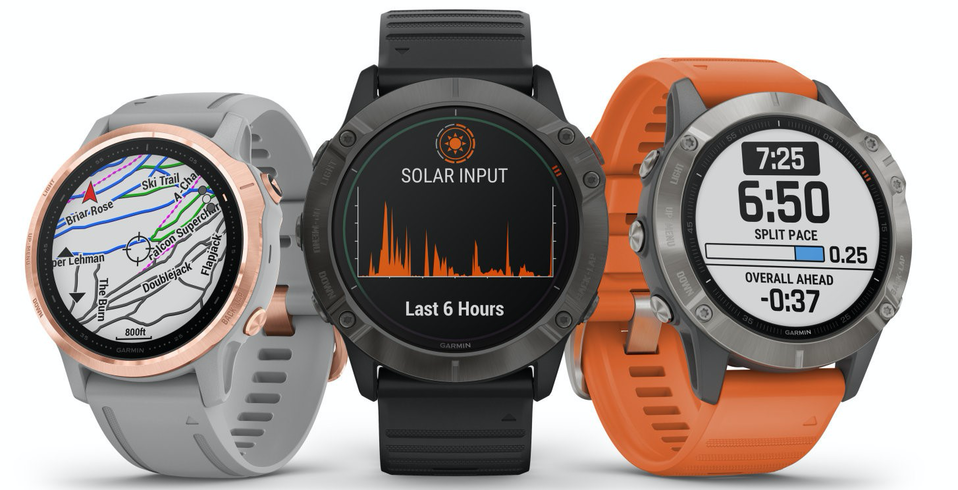
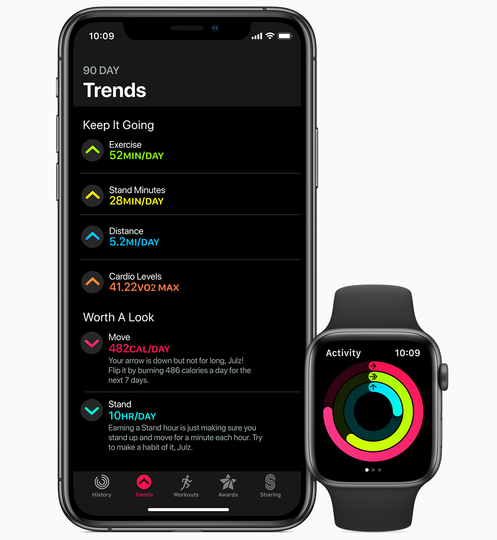

Hi Guest, join in the discussion on Smartwatches are a powerful tool for travel and training